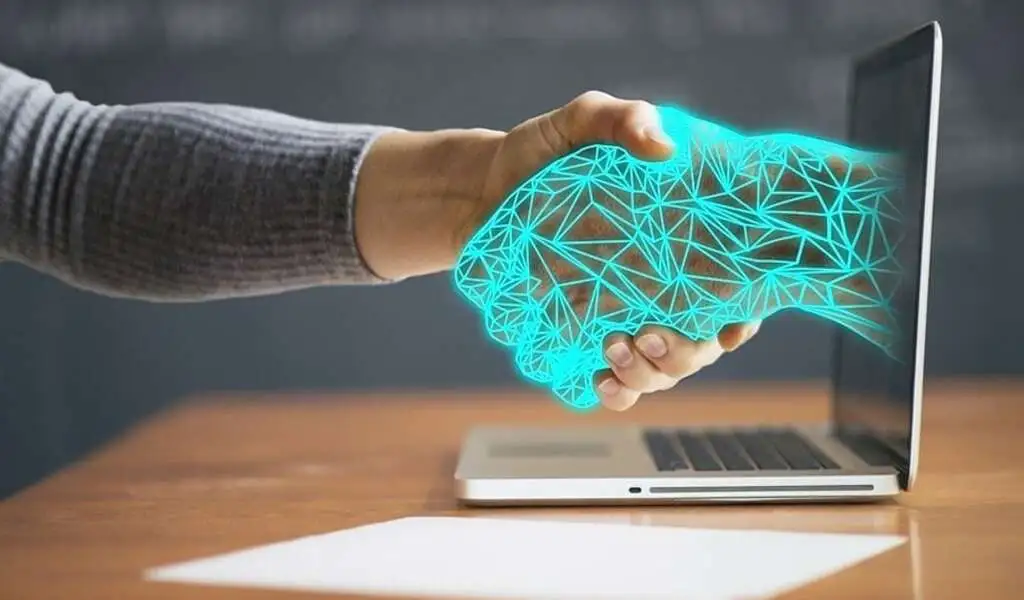Technology has revolutionized the way we work, live, and interact with each other. Technological integration into business has recently been a game-changer, as it has helped companies and employees become more efficient.
The use of technology in businesses has improved processes, reduced errors, and increased productivity.
In this article, we will explore how technological integration has transformed how businesses operate and how time clock systems have contributed to this transformation.
Technological Integration
One of the significant benefits of technological integration in business is the ability to streamline processes. Technology has enabled the automation of several tasks that were once performed manually.
With automation, companies can save time, reduce errors, and improve efficiency. For example, using customer relationship management software (CRM) has made it possible for businesses to manage their customer interactions more efficiently.
CRM software automates tasks such as data entry, customer support, and marketing, which frees employees to focus on more complex tasks requiring human intervention.
Another benefit of technological integration into business is improved communication. With the use of technology, companies can communicate with employees and customers in real-time.
Communication tools such as instant messaging, video conferencing, and social media have enabled businesses to connect with their employees and customers from anywhere in the world. This has improved collaboration, reduced misunderstandings, and increased productivity.
Time clock
In the past, businesses used manual time-tracking systems, which were prone to errors and time-consuming.
Today, time clock systems can make it possible for businesses to track employee hours accurately, automate payroll, and improve attendance management.
Time clock systems come in different forms, including biometric, online, and mobile time clocks.
The introduction of biometric time clock uses biometric technology such as fingerprint, facial recognition, or iris scanning to record employee attendance.
This technology ensures only the employee can clock in, eliminating buddy punching and time theft.
Online time clocks, on the other hand, use the internet to track employee attendance. With an online time clock, employees can clock in from anywhere, and employers can track employee attendance in real-time.
Mobile time clocks use mobile devices such as smartphones and tablets to track employee attendance.
This technology makes it possible for employees to clock in and out from their mobile devices, which is especially useful for businesses with remote workers.
Time clock systems have several benefits for businesses and employees:
- Allow businesses to track employee hours accurately, reducing errors and ensuring that employees are paid for the hours worked.
- Automate payroll, which saves businesses time and money. With automated payroll, businesses can avoid manual calculations and errors, which reduces the risk of legal and financial repercussions.
- Improve attendance management.
With time clock systems, businesses can track employee attendance in real-time, allowing them to promptly address attendance issues.
Conclusion
Technological integration into business has transformed how businesses operate, and employees work. The use of technology in businesses has improved processes, reduced errors, and increased productivity. Time clock systems are a perfect example of how technology has contributed to this transformation.
Time clock systems have enabled businesses to track employee hours accurately, automate payroll, and improve attendance management.
As businesses continue to embrace technology, we can expect to see even more benefits in terms of increased efficiency, improved communication, and streamlined processes.
Related CTN News:
Augmented Reality vs Virtual Reality: What’s The Difference And Which Is Better?
The Revolutionary Impact Of Machine Learning In Healthcare
Elon Musk’s Recent Blue Mark Policy Displeases William Shatner
⚠ Article Disclaimer
The above article is sponsored content any opinions expressed in this article are those of the author and not necessarily reflect the views of CTN News






